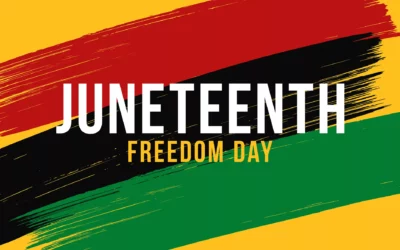Using National Foster Care Month to Address How Foster Care Unfortunately Intersects with Homelessness
National Foster Care Month recognizes the important role that members from all parts of child welfare play in supporting children, youth and families. We are very thankful for individuals and families who take their roles in child welfare seriously and even volunteer to take on those roles for children who cannot remain safely in their homes.
When these roles are not prioritized, the end result is not as one would hope. In this blog, we will take time to highlight the importance of foster care and events like National Foster Care Month. We will also examine the relationship between foster care and homelessness.
National Foster Care Month 2022
This year’s theme is about strengthening relative and kin connections and the positive impact these relationships have on maintaining family and cultural ties for children and youth in foster care. To learn more about the campaign, click here.
Foster Care and Homelessness
GKCCEH CE Intake Specialist and Master of Social Work Kora Wilkes has spent the last several years studying social work and foster care as well as serving the Kansas City homeless community. Here are her thoughts when it comes to the current disheartening relationship between foster care and homelessness:
“Unfortunately, because of the way our current foster care system is setup, there is a lot of intersection between children in foster care and homelessness. Some young people come into the care system because of their family’s housing situation, some age out of the system and immediately enter into homelessness and some run away from foster homes for various reasons. The common denominator here is an end result of homelessness.
Even now, studies show that more than half of adults experiencing homelessness had contact with the foster care system at some point growing up. And then, when we peel back another layer and look at all of the other intersections of various identities, we can really see that people of color and young people who are a part of the LGBTQIA+ community are the most disproportionately represented groups in both foster care and homelessness. That can’t be a coincidence.
Now is the time for us to really dig deep to reform our systems of care. Young people are sleeping outside, in shelters and/or in housing situations that are dangerous. That’s unacceptable and people need to know and work toward change.”
Key Facts for Increasing the Effectiveness of Foster Care
With over 407,000 children and youth in foster care, only 34 percent are placed with relatives or kin. Relative and kinship caregivers play a crucial role in supporting family connections that are essential to a child’s health and well-being.
When children cannot remain safely in their home, placement with relatives and kin – both formally through the child welfare system and informal through family arrangements – can increase stability, reduce trauma, and help children maintain a sense of family, belonging and identity.
Investing in culturally appropriate services and supports for relative and kin caregivers may help reinforce a child’s cultural identity and traditions.
Relational permanency is fundamental to the well-being of children and youth. Maintaining relationships with relatives and kin can help provide a sense of belonging for young people in care.
Raising awareness to these facts and realites can help increase relative and kinship caregiver engagement with the care system. Help us spread the word!
Staff Shoutout to Team Member and Recent Graduate Kora Wilkes

Featured above speaking to the important and change-sparking relationship between foster care and homelessness, our outstanding team member Kora Wilkes has recently achieved the impressive accomplishment of graduating with her Master’s Degree in Social Work. Help us congratulate her and thank her for taking one more step to ending homelessness in her KC community.









